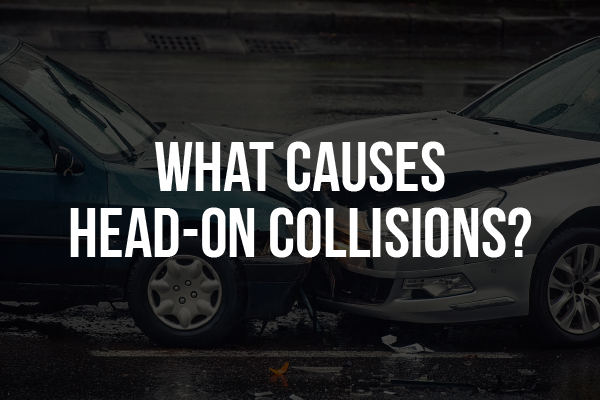
It happens in the blink of an eye. One moment you are driving on I-20, heading home from picking your children up, and the next, your car is face-to-face with another vehicle.
SMASH!
You are thrown forward, only being caught by the airbag deploying. Your children are jostled around in the backseat.
Everything goes black. You wake up to emergency responders asking you questions: “What is your name? Do you feel any pain? Is there anyone we can call?” You ask about your kids and they reassure you that they are fine, but ask you not to move. You see so much blood that you begin to panic, thinking that your kids have been hurt. You don’t realize until they have safely removed you from the car that you have a huge laceration to your head from the broken windshield and the impact has crushed your legs.
While all car accidents are serious, head-on collisions are some of the most deadly ones. It is hard to imagine what actions could cause a vehicle to suddenly travel in the wrong direction. The dedicated car accident attorneys at the Hernandez Law Group have taken the time to study these accidents to bring awareness to the causes and consequences. Here is what we have found:
What Are Head-On Collisions?
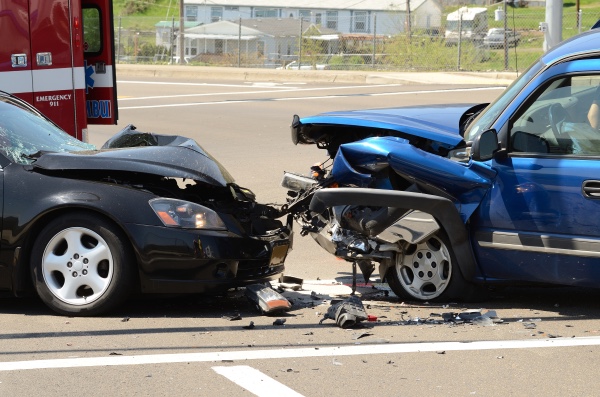
Head-on collisions occur when two vehicles traveling in opposite directions collide with each other. Most of the time, these accidents happen in a matter of moments, as both vehicles are traveling at high speeds. This results in airbags being deployed and a lot of damage both to the vehicles and the individuals involved.
What Are the Common Causes of a Head-On Car Crash?
Head-on crashes can occur for a number of different reasons. Here are the most common causes of head-on collisions:
Distracted Driving
Distracted driving, according to TxDOT, was attributed to nearly one in six accidents on Texas roads in 2022. These accidents resulted in 487 deaths and 2,824 serious injuries. Distracted driving can involve any unsafe practices that take one’s eyes off the road, including but not limited to:
- Eating or drinking while driving
- Talking or texting on the phone while driving
- Messing with the GPS
- Messing with the radio
- Turning around to talk to kids
Driving Under the Influence of Drugs or Alcohol
Alcohol and drugs are known to inhibit one’s judgment and slow down reaction time. In some instances, it can also blur vision or make individuals jumpy. All of these side effects make driving under the influence extremely dangerous and significantly increase the risk of an accident. In 2021, Texas had 25,261 drunk-driving crashes which resulted in 1,029 deaths.
Driving While Fatigued
Falling asleep behind the wheel can easily end in disaster as the driver begins to drift, increasing the risk of them losing control of their vehicle. If you are ever driving and feel tiredness creeping in, do not risk it. Find somewhere safe to pull over and get some rest.
Poorly Executed Pass
Two-lane roads that allow drivers to pass on the opposite side when the coast is clear are common in rural areas. However, sometimes, drivers can wind up in head-on collisions when they don’t correctly judge the amount of time they have to pass.
Tight Curves
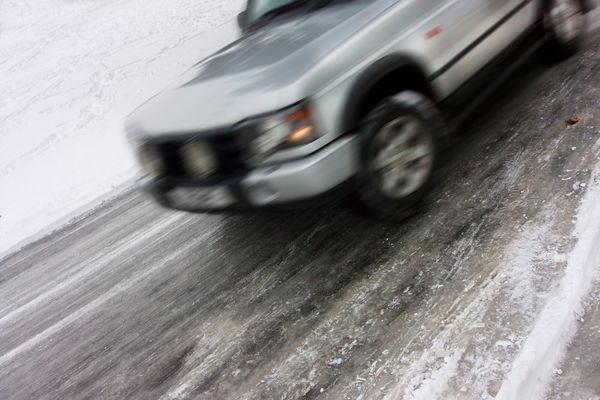
Tight curves or low-visibility turns also increase the risk of a head-on collision. If a driver is traveling too fast when they take the turn, they may struggle to stay in their lane. If they were unaware of another vehicle coming around the same corner, they increase the risk of running straight into them.
Vehicle Defects
Sometimes, the driver has no control over the situation. This is especially true in cases where a car’s brakes go out, the power steering fails, or the tires blow out. These equipment malfunctions increase the risk of the driver losing control of their vehicle, which could cause them to spin out or wind up in the wrong lane.
What Injuries Are Caused By Head-On Collisions?
The aftermath of head-on collisions is often very serious. Drivers of both vehicles are susceptible to experiencing serious or life-threatening injuries, and if they aren’t wearing a seatbelt, the chances of being thrown against the windshield are significantly increased. Head-on collisions often result in the following injuries:
- Neck injuries
- Traumatic brain injuries
- Injuries to the chest, such as broken ribs or punctured lungs
- Organ damage
- Internal bleeding
- Knee injuries
- Foot injuries
- Spinal cord injuries
- Back injuries
- Amputations
- Paralysis
What Should I Do After a Head-On Collision?
Depending on the severity of the accident, the actions you should take may change. In most cases, the drivers involved in a head-on collision are unable to do the normal steps, such as calling for emergency services. They may need medical attention right away and to be rushed to the hospital to ensure that their injuries are taken care of and not made any worse.
Here are some steps that you as a driver, a passenger, or a witness of one of these horrific accidents can take.
Call Emergency Services Right Away
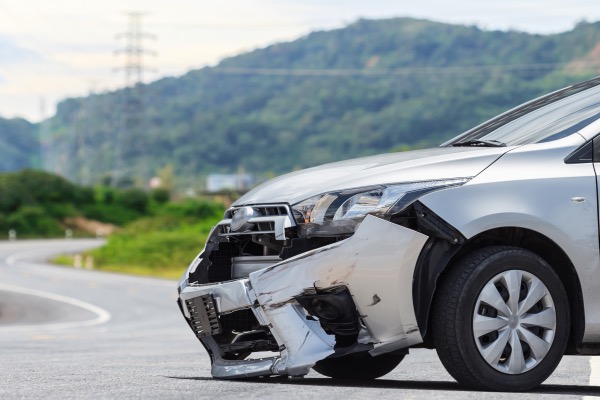
If you can, call 911 right away. In these types of accidents, seeking out medical attention and getting emergency services to the scene is paramount. Even if you don’t feel you sustained injuries during the accident, you still need to get checked out. Sometimes, adrenaline can mask neck or back injuries.
Move Your Vehicle to a Safe Zone
If you can, it is important to try and get your vehicle out of the road. This will aid in preventing other cars from crashing into you and protect you and your occupants from getting hit. If you or someone else is too injured to move, do not attempt to do this. Wait until emergency personnel arrive and allow them to handle the situation. Trying to move an injured person who cannot move may make the injuries worse.
Gather All Relevant Information
If you can, you will want to get the contact information and insurance information from the other driver or party. It is also important to note down other information such as the license plate number of the other driver’s vehicle, the location of the crash, and the time. If there were witnesses, make sure you get their name and contact information as well.
If you or a family member responding to the scene of the accident can, make sure to take pictures of the accident sight. This includes any debris, both vehicles, and the area where the accident took place.
Hernandez Law Group, P.C. Insight: If You Are a Witness
If you are a witness, do not just make the call and keep driving. Wait safely on the side of the road until the cops get there. Offer any information you remember from the accident and leave information for both drivers so they can reach you. Your information may make the difference between someone being stuck picking up the pieces on their own or them getting the compensation they deserve.
Contact Your Insurance Company
Notify your insurance company about the accident as soon as possible. Make sure to tell the claims handler or insurance adjuster whether or not you were injured in the accident and where your current pain level is at. It is also important that you share with them anything that you remember from the accident and hand over the other driver’s insurance and contact information.
Hernandez Law Group, P.C. Insight: Do not contact or accept phone calls from the other driver’s insurance company without having legal representation present. While they may seem nice on the phone, the other driver’s insurance company is looking to protect themselves and not you. They will try to trip you up by asking leading questions to either make you assume partial guilt or make you admit your injuries are not as bad as they sound. Having a car accident attorney on your side will ensure that you are not being bullied into taking a settlement that is less than you deserve.
Contact a Trusted Dallas Car Accident Attorney
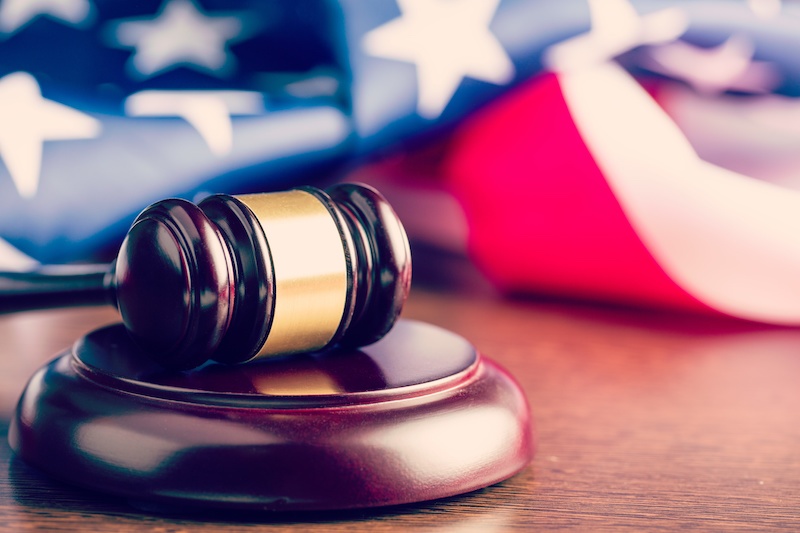
If you have been in a head-on collision in Dallas, Fort Worth, Abilene, or Amarillo, Texas, the team at the Hernandez Law Group, P.C. can help. Our car accident attorneys work around the clock to ensure that we get the right evidence to show the other driver’s negligence and help you get the compensation you deserve. We’ll also deal with the insurance companies to ensure that they are not manipulating you into accepting partial blame.
When you meet with our attorneys, make sure that you share with them everything that you have gathered. This includes but is not limited to the following:
- Medical records recording the injuries caused by the accident and the treatment plan
- Contact information of the other driver
- Contact information for the witnesses
- Police reports
- Any pictures or video you have of the scene of the accident
Get the Compensation You Deserve
An accident happens in a matter of seconds but the aftermath often leads to lifelong consequences. Individuals who have suffered serious injuries or lost loved ones due to the negligent actions of another driver may feel like they are alone in picking up the pieces. The personal injury lawyers at the Hernandez Law Group, P.C. know that is not true. Our attorneys fight for your right to fair compensation by being your legal advocate. We ensure that the full story gets heard so that the negligent party takes responsibility for their actions. Contact our law firm to schedule your free no-obligation consultation. We are the team that fights for you!
